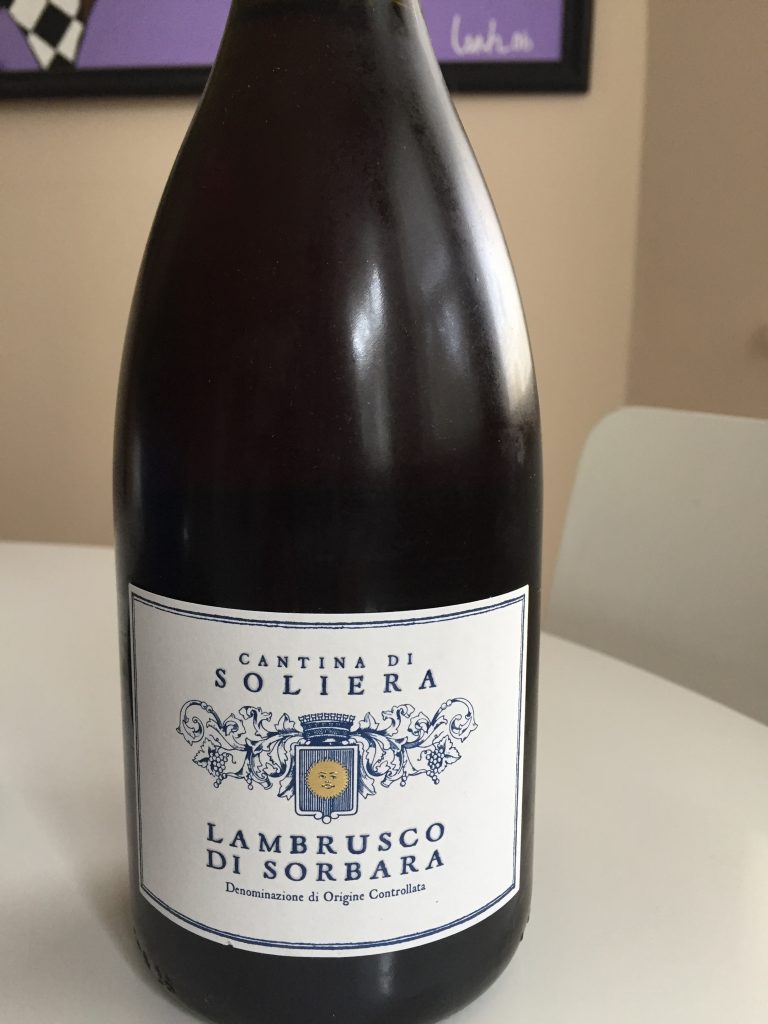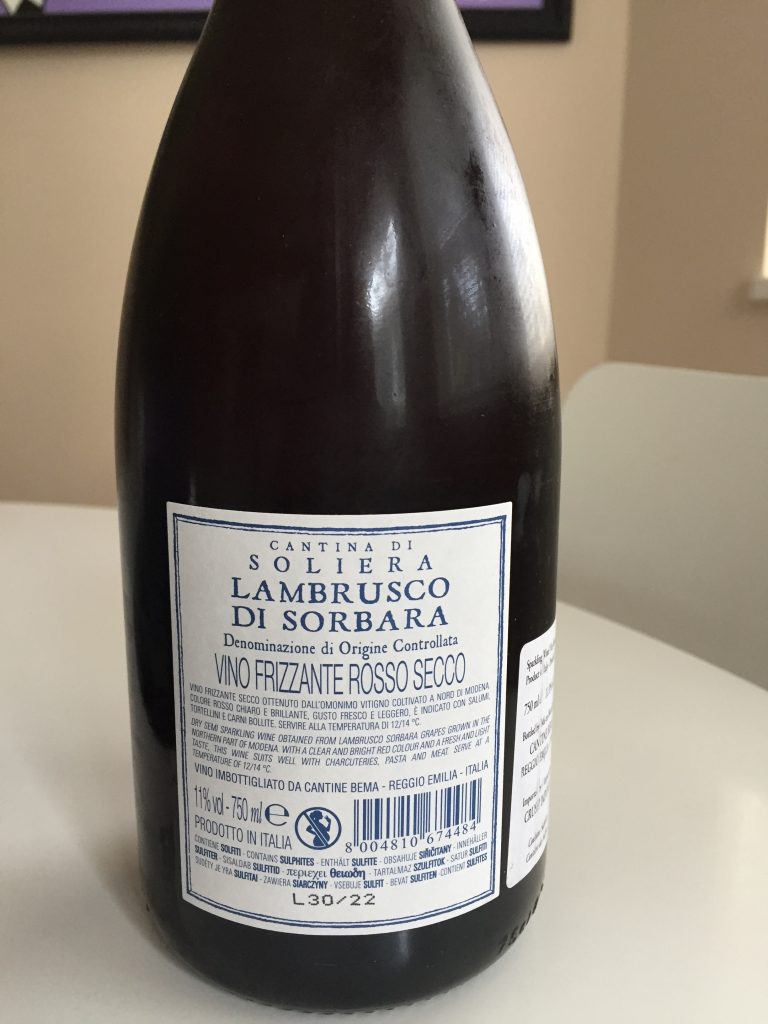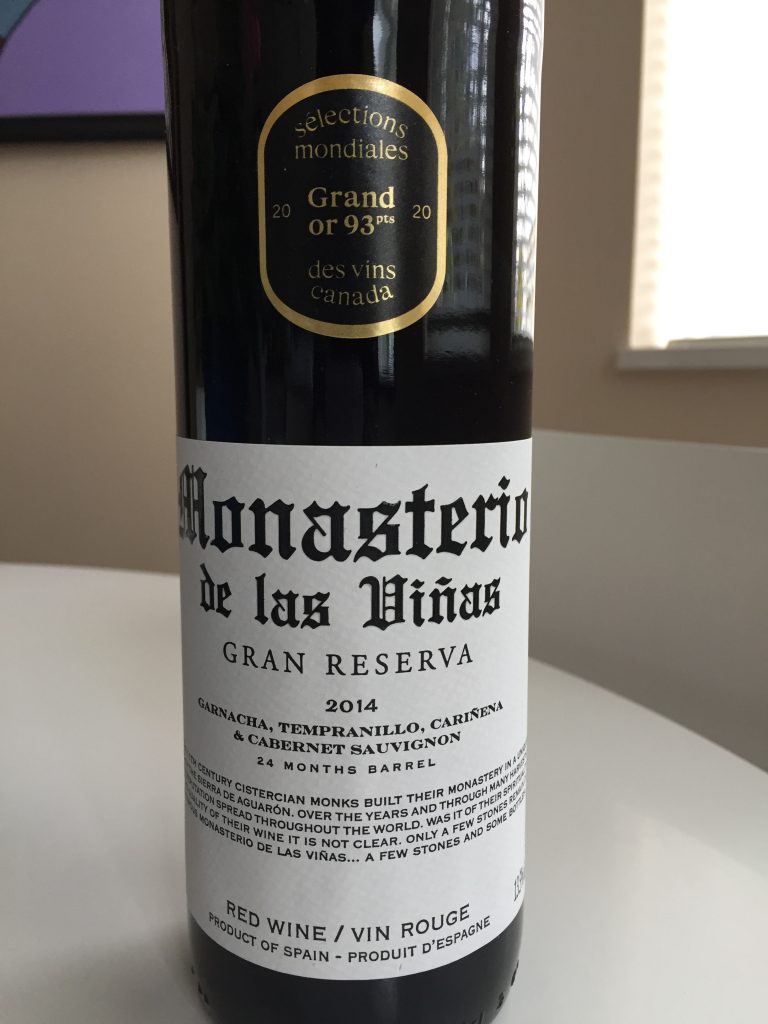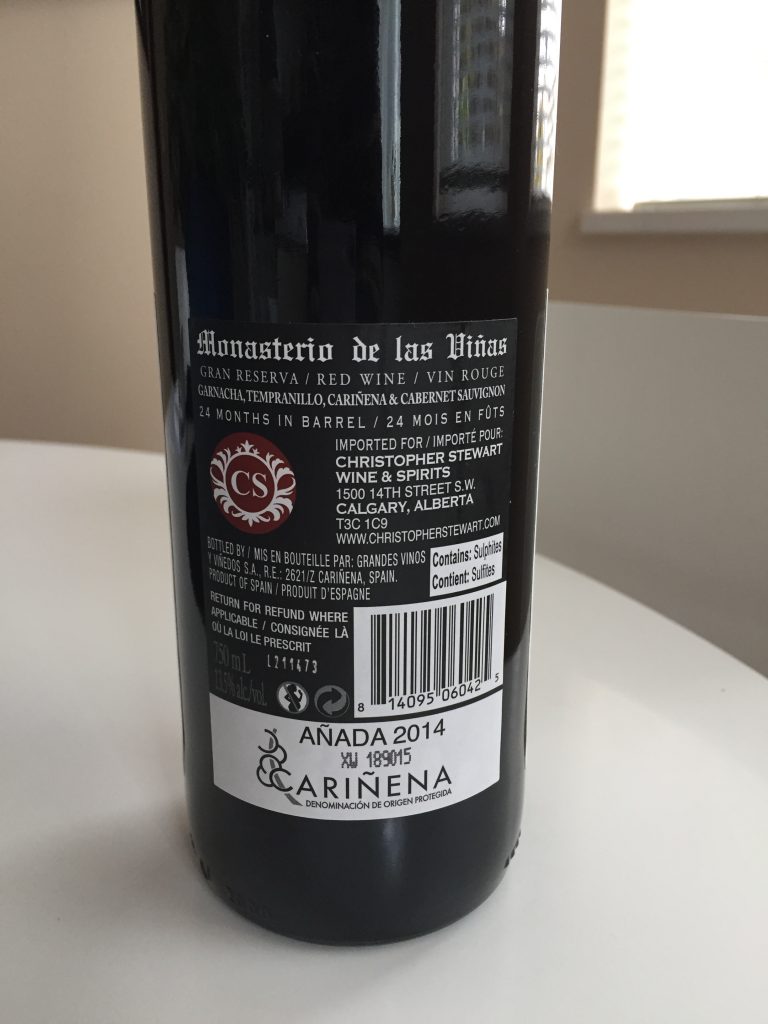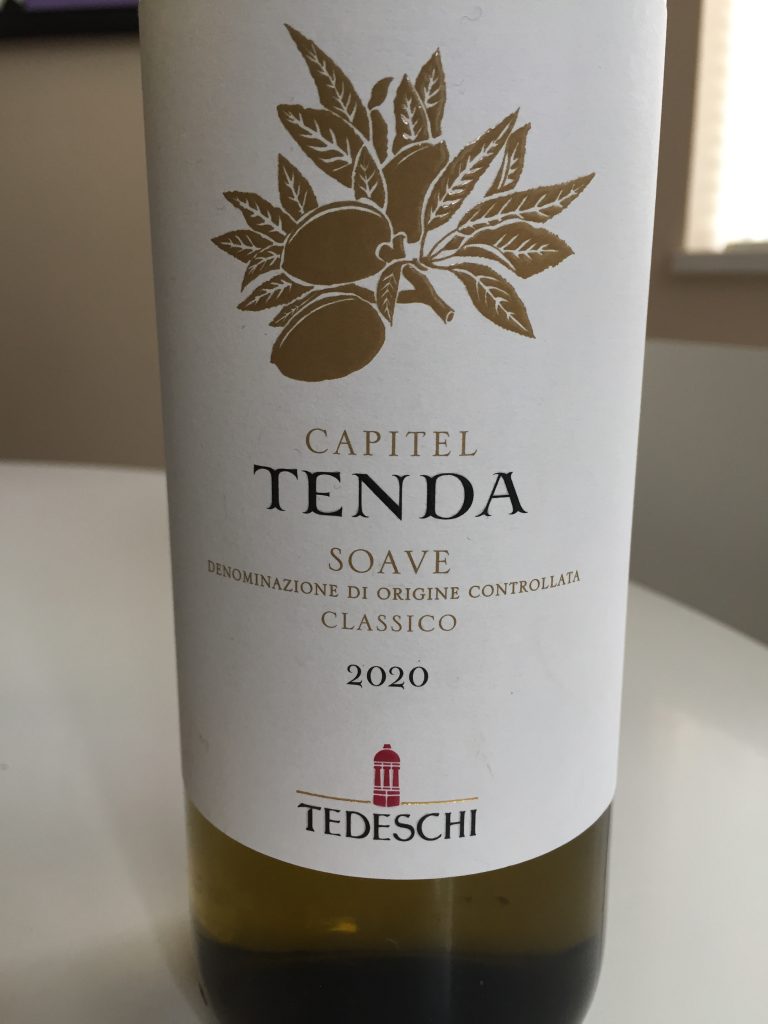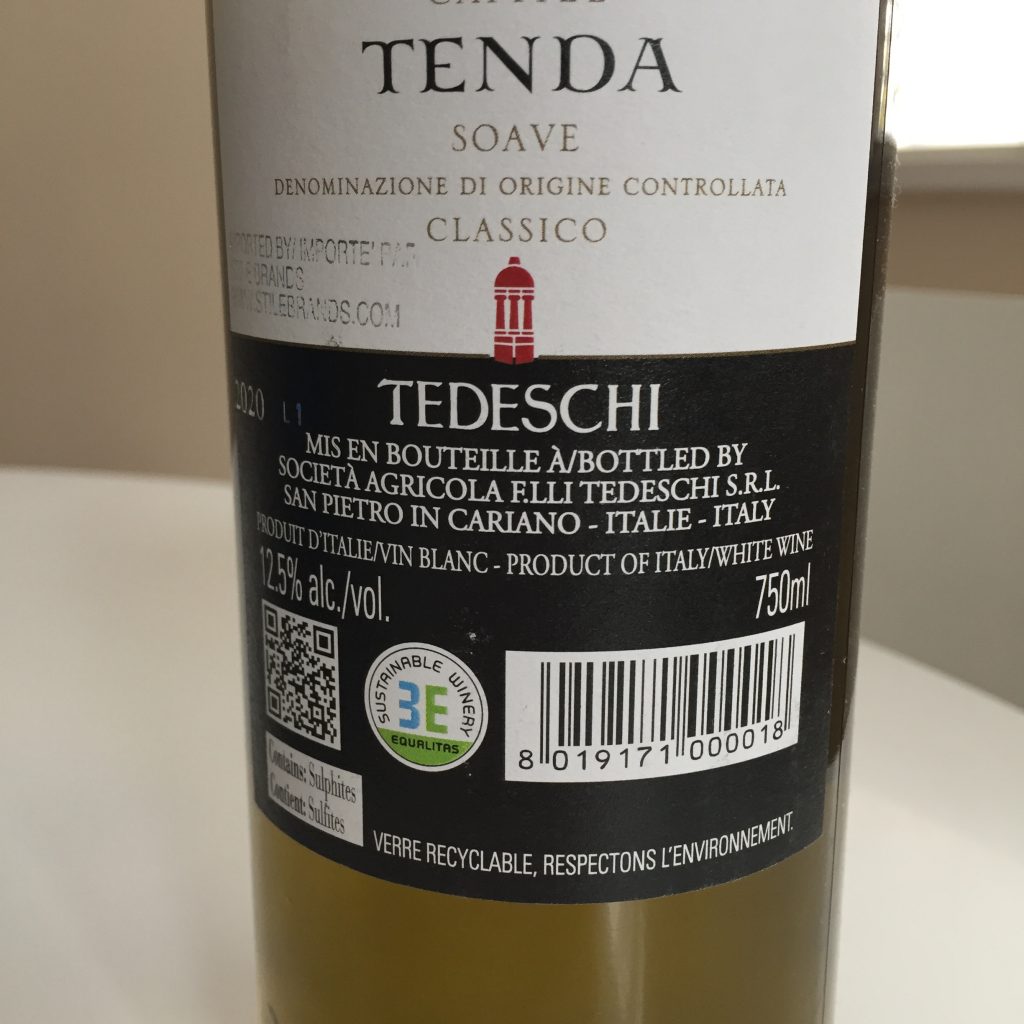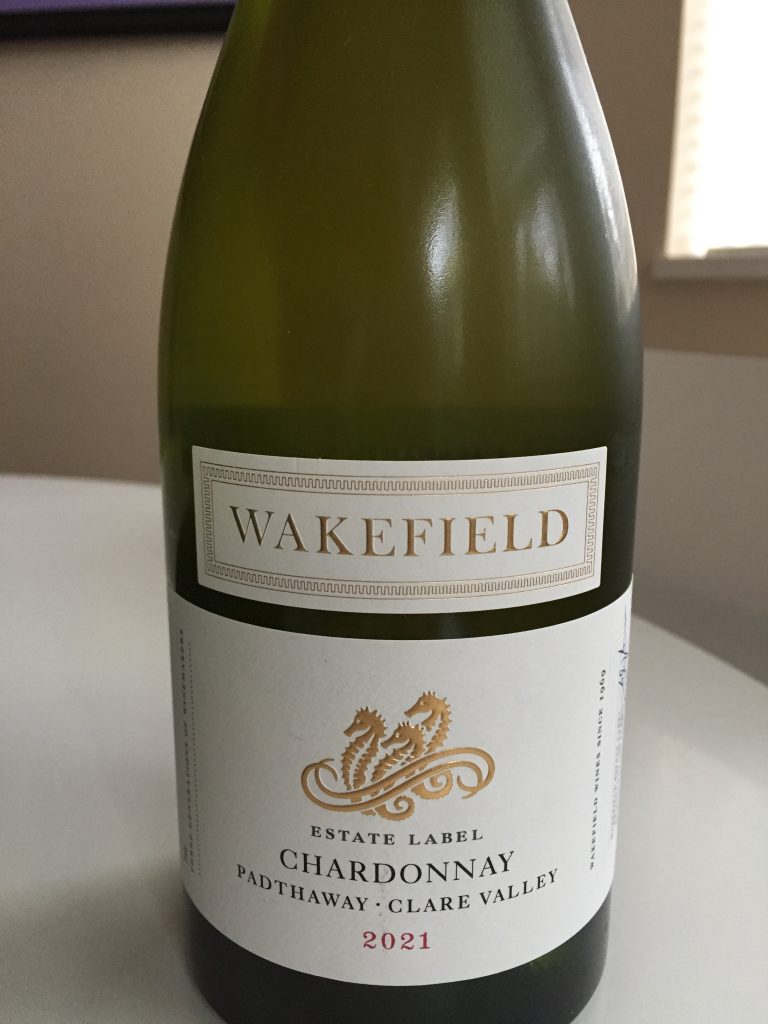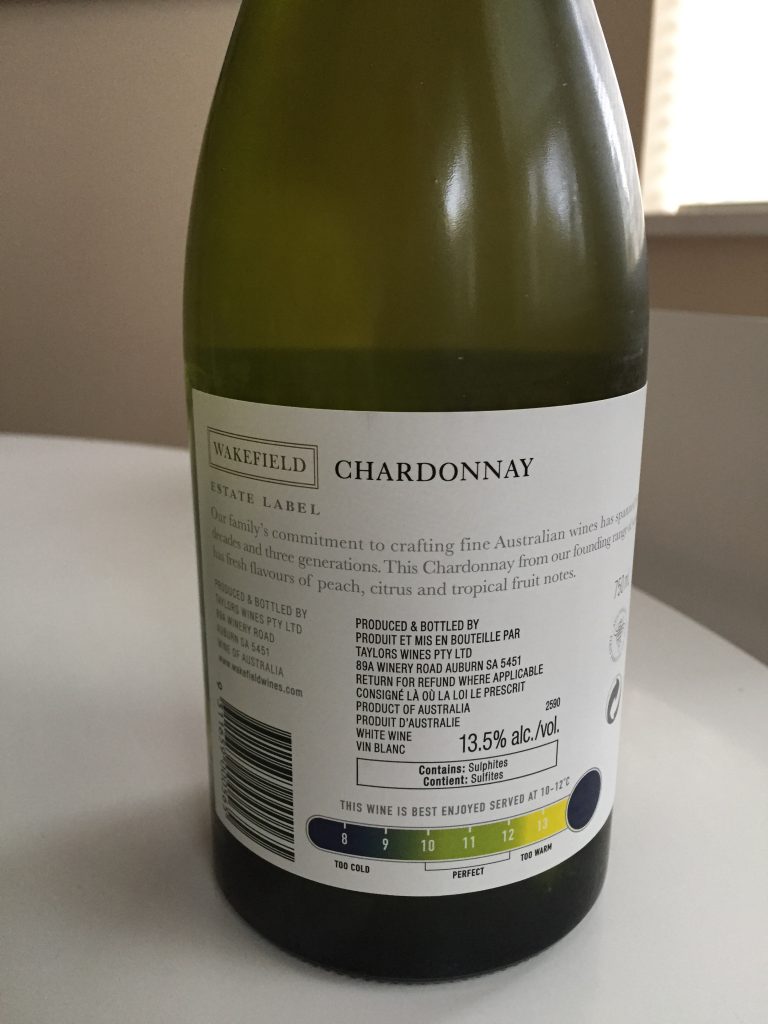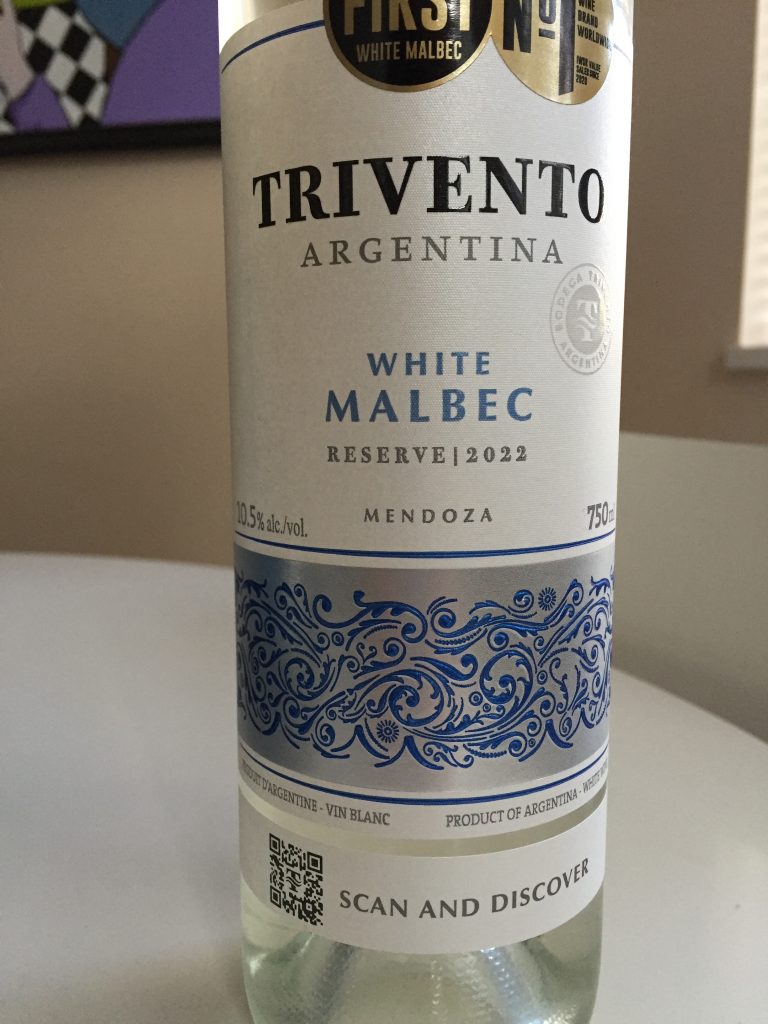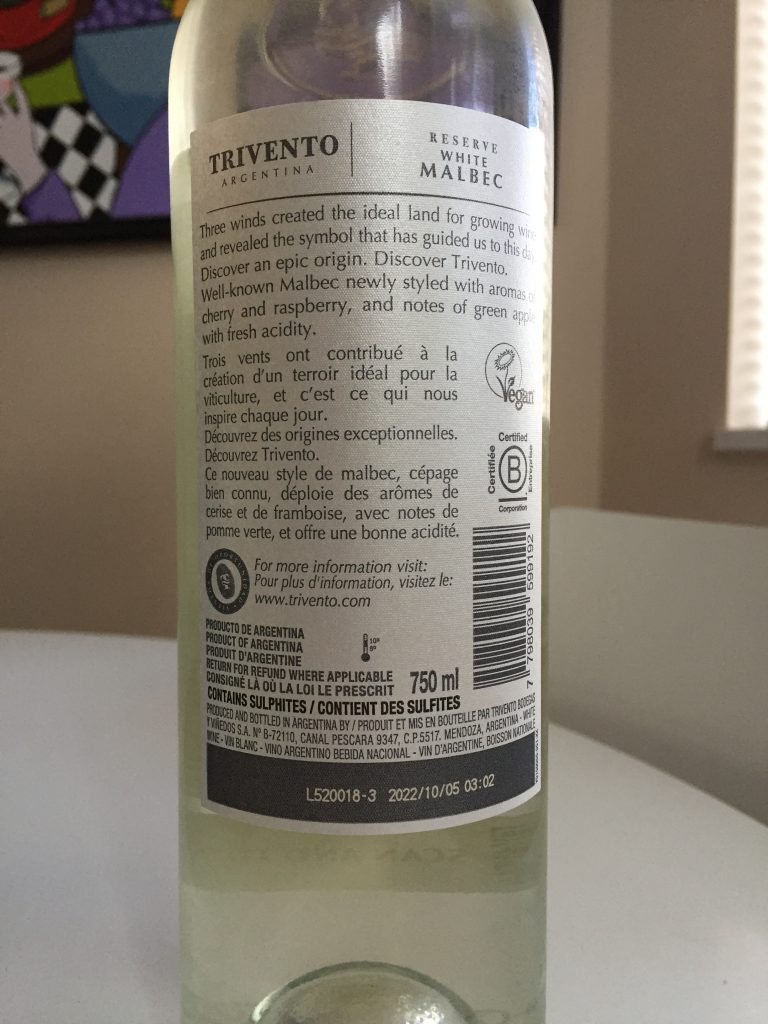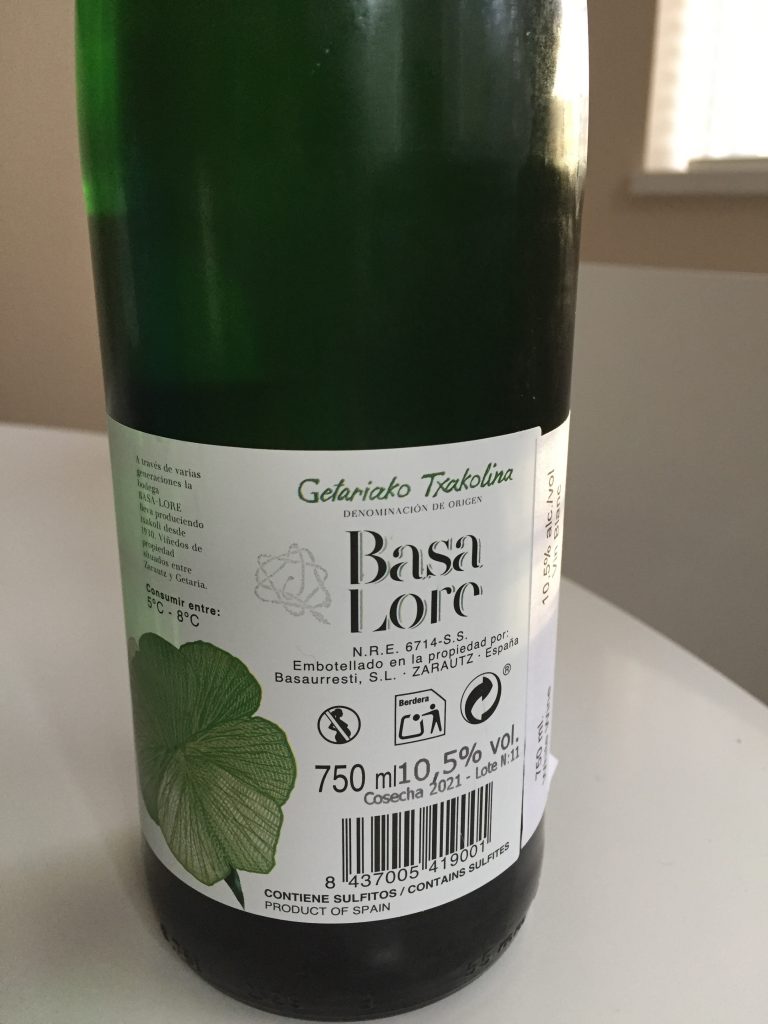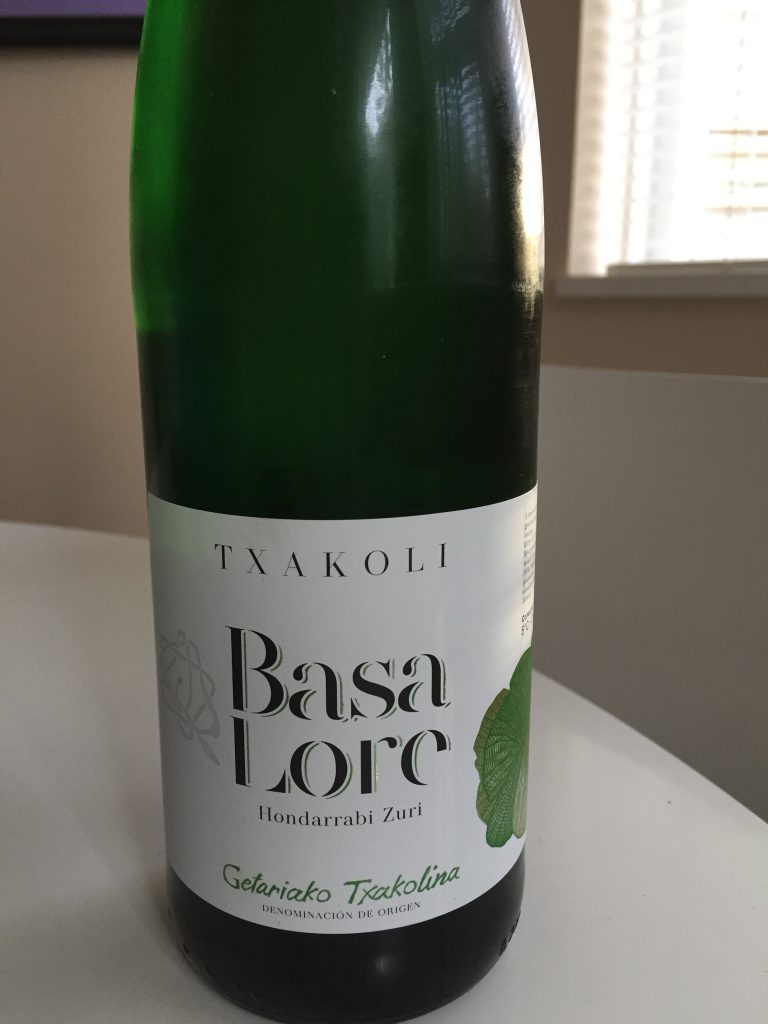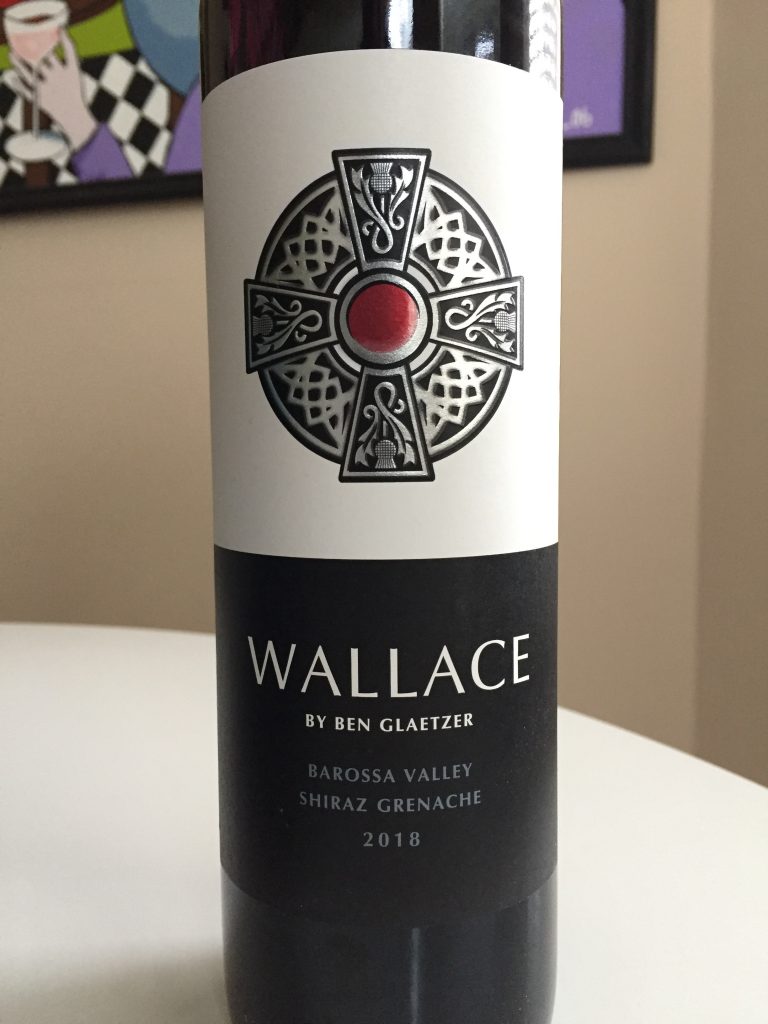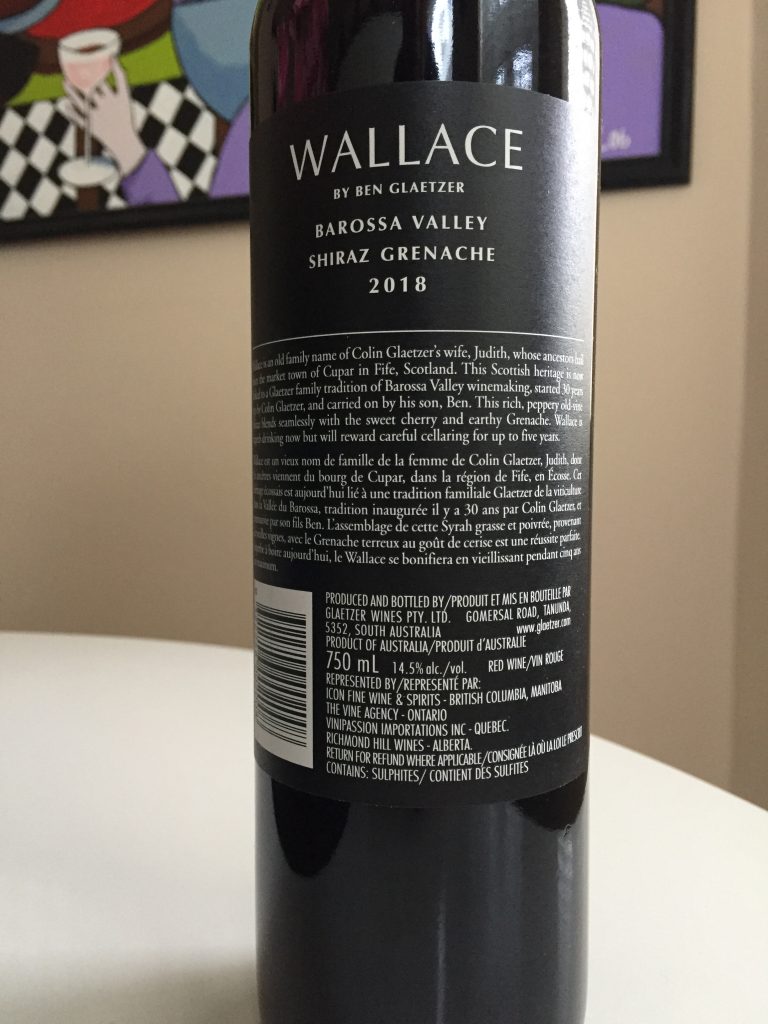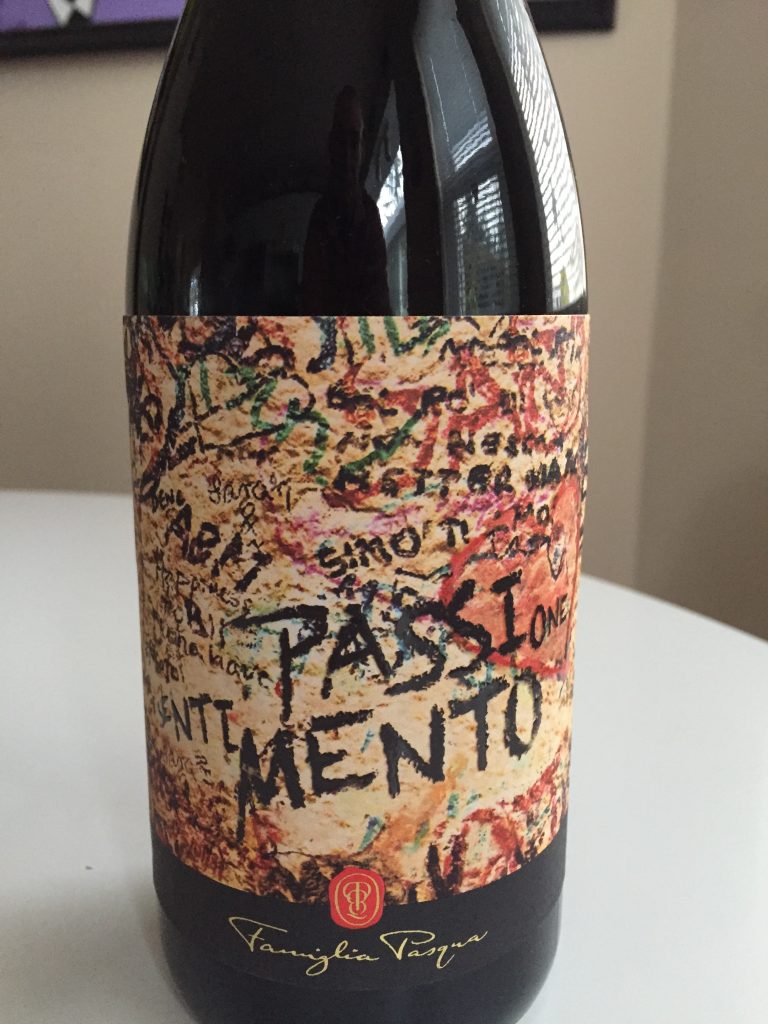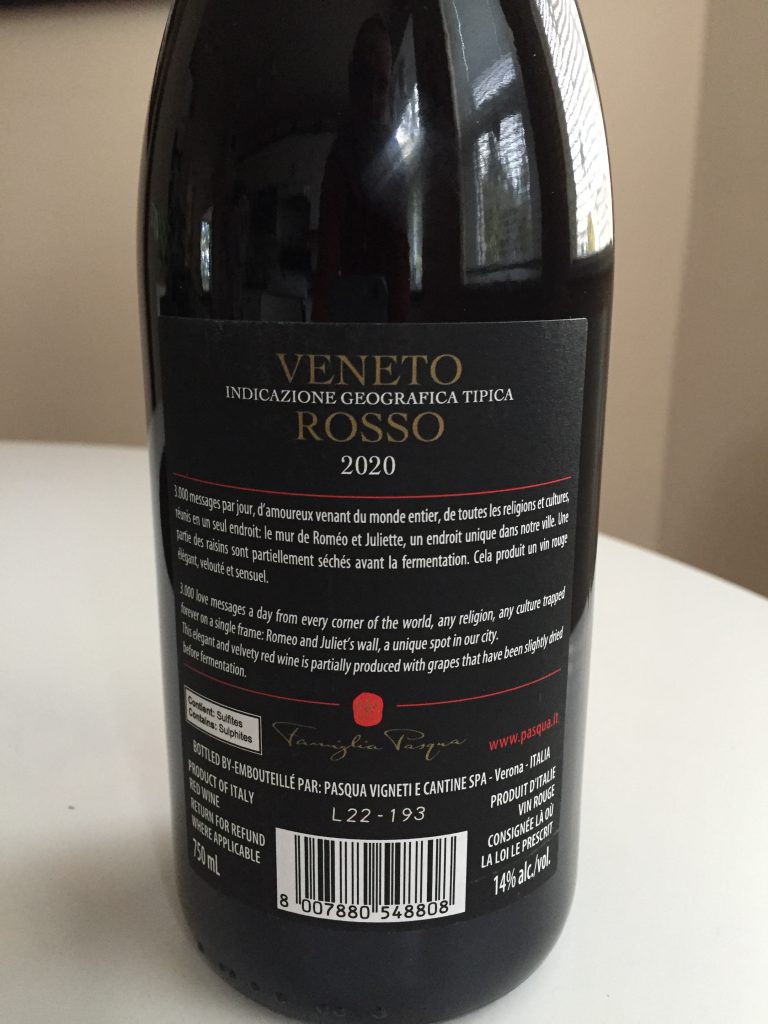This red grape is fermented in bottle for a frizzante, or lightly bubbly “effervescent” style. “Soliera”, from which the winery takes its name, comes from the Latin solarium, namely “place exposed to the sun”. This is a fundamental element for cultivating a particular grape like Lambrusco effectively and gives the wine a pleasant and distinctive flavour.
Amongst the most noble crus from which Cantina di Soliera selects part of the grapes for this prestigious project, the estate has maintained a vineyard plot of some 4 hectares of ungrafted Sorbara grapes for over 50 years, from which the most authentic dry Sorbara wines are obtained. At Cantina di Soliera, the decades of experience of our people, joined with the warmth of the sun shining above the vines and the passion for Lambrusco, have given rise to a love story that is cheerful, sparkling, intense, balanced, and effervescent all at the same time.
We’re just not used to the ‘froth’ and the effervescence, but the wine went well with our scallops, prawns and couscous. Did enjoy the dryness, even though the bright light colour did take us a bit by surprise when I uncorked the bottle. The bouquet was fruity and the finish had excellent follow through.
